We are pleased to welcome this guest post by Dr Yelto Zimmer, who is the coordinator of the agri benchmark Cash Crop Network at the Thünen Institute, Germany. Comments can be emailed directly to yelto.zimmer@agribenchmark.net.
The US agricultural ministry (USDA) recently published a report on the likely consequences if the EU Commission’s Farm to Fork (F2F) Communication were to be put in place. In this paper, the Commission proposes a set of measures that are supposed to lead to lower greenhouse gas emission in European agriculture and improve the overall environmental and public health performance of the sector.
Even in the modest USDA scenario, the projected outcome from F2F would be substantial turmoil of EU agriculture and even some significant changes in global agriculture. If the EU reduced its fertilizer use by 20% and its use of crop protection products and livestock antimicrobial products by 50%, USDA estimates the total value of EU agricultural output would shrink by 12% and domestic prices would rise by 17%.
Most remarkable: The USDA foresees a massive reduction in wheat (-48%), oilseeds (-60%) and beef (-14%) output. Furthermore, it is projected that global commodity prices will increase by 9% and global output would drop by 1% – mainly driven by a 20% reduction in EU exports. Last but not least, USDA forecasts the number of people with food insecurity would increase by 22 million globally.
Whether or not such massive changes are likely to happen remains to be seen. However, a few indicators suggest that this projection is very pessimistic:
1. Given the number of very important, but so far unknown, framework conditions for the F2F strategy (e.g. reference periods for reduction goals regarding input usage, methods to measure goals, relevant units that would need to comply [individual farms, regions, member states]), this attempt to quantify the consequences from F2F in one figure (rather than giving a range) is brave and bold. Furthermore, the way USDA interpreted some of the goals is at least questionable. For example, in the Commission paper it says that the Commission will take action “to reduce the overall use and risk of chemical pesticides by 50%.” That broad statement provides room to manoeuvre with quantities and risks.
2. I also wonder whether the global trade model, GTAP, which has been used to assess the impacts, is appropriate to mimic the implications from such fundamental changes. If one assumes the most rigid application of the mentioned reductions is put into practice, I would expect significant changes in production systems and rotations, because individual crops can cope with limitations in fertilizer and crop protection product availability rather differently.
3. From nitrogen intensification trials in Germany, we know that a 20% reduction in nitrogen input causes wheat yields to fall about 5% to 10%. That does not even come close to the projected reduction. As another indicator, a reduction of wheat output by 48% would be roughly expected if EU wheat production would be converted to organic. Given the Commission plan envisages reducing fertilizer use by 20% and crop protection use by 50% – not by 100% as in the case of organic – the USDA projection is very pessimistic.
4. It seems one fundamental reason why USDA is forecasting much lower output is the way they handled arable land use. With lower input use and lower yields, their model anticipates crop production no longer will be profitable in major parts of the EU. This then leads to less land being used for arable production (-10.5%).
In a scenario where profits from farming go down significantly, land rents and hence cost would go down as well – at least in the medium-term. Recall the fact that in Europe we have a lot of arable regions where land rents can easily be as high as €700/ha (or $840/ha) and higher – a lot of room to manoeuvre. As land cost falls, arable production that initially became unprofitable will become profitable again.
It seems as if the model projects a lot of areas in Europe where the return to land will go down to zero and hence land will fall idle. But, even if this will happen, zero land rents incentivize innovative producers to develop new, more extensive production systems that, in most cases, would enable them to profitably grow crops. The example of Australia tells us that it’s possible to profitably produce wheat at yield levels of about 2.5 t/ha. In extreme cases, the alternative land use might be grazing with livestock. However, since USDA also projects much lower cattle production (-14%) and less pastureland (-6.1%) this cannot be the explanation.
6. Furthermore, the USDA report states that the very strong reduction of oilseed production is caused by strong competition from global markets. Considering the already narrow and grain-dominated rotations in most parts of the EU, a strong reduction in oilseed acreage is not a very reasonable scenario. Rapeseed acreage – the main oilseed crop in Europe – already has gone down dramatically. Therefore, in the many parts of the EU, farmers are desperately looking for broad-leaf crops to manage plant health issues stemming from rotations with a lot of grain crops. Therefore, unless soybeans really take off, a further strong decrease in rapeseed acreage is very unlikely.
All in all, the paper sounds a bit loud while in fact the actual knowledge about the concrete actions of the EU is rather low and likely reactions of growers are even less well understood. On the other hand, it is obvious that the F2F strategy does contain a number of serious contradictions. For example, setting 10% of the land aside for environmental services, converting 25% of the land to organic and using less crop protection and fertilizers significantly reduces output and therefore leads to respective land use change elsewhere in the world. This, of course, stands to boost GHG emissions globally because additional land will be converted to arable land to replace the output forgone in the EU.
The counter argument from the EU – that they will promote innovations that will drive up productivity and thus compensate losses is not really convincing – especially for an institution that is, so far, actively blocking innovations – e.g. CRISPER-Cas technology.
The other potential relief claimed by the EU, the change in diets – less food waste, less livestock products – might work on paper. However, whether consumers will adhere to such advice from politicians is the big unknown. Or as we say in Germany: paper is patient.
This post was written by Yelto Zimmer.
O artigo foi publicado originalmente em CAP Reform.




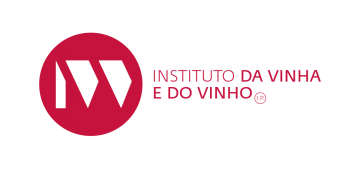


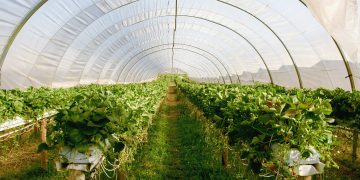
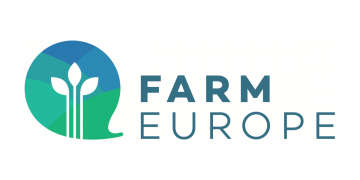
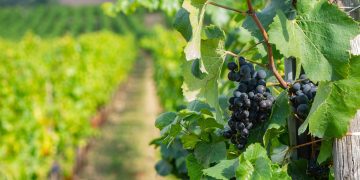














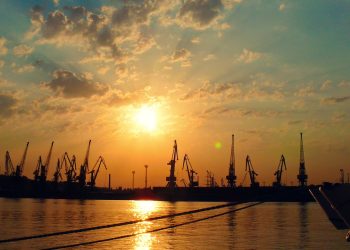
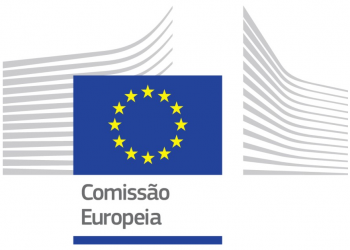

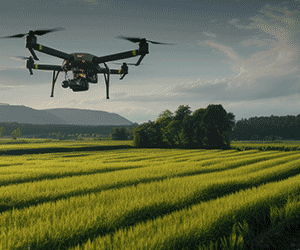



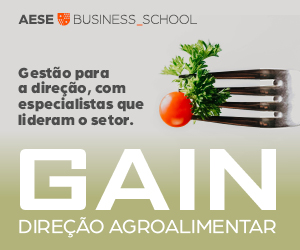



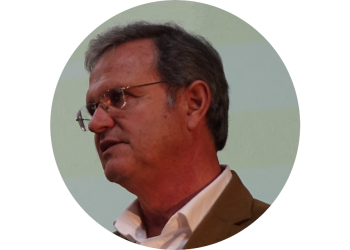



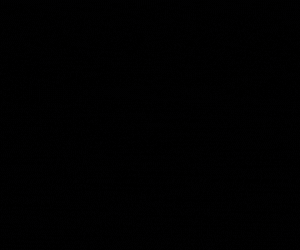
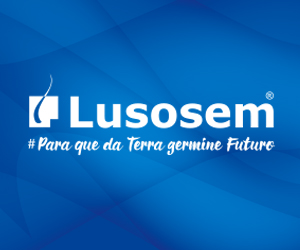

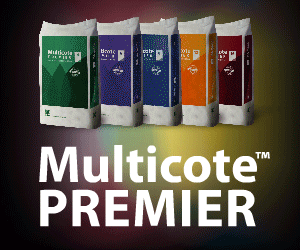
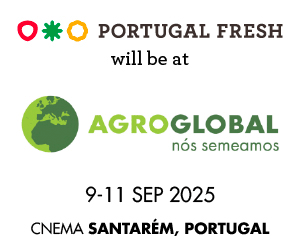











Discussão sobre este post